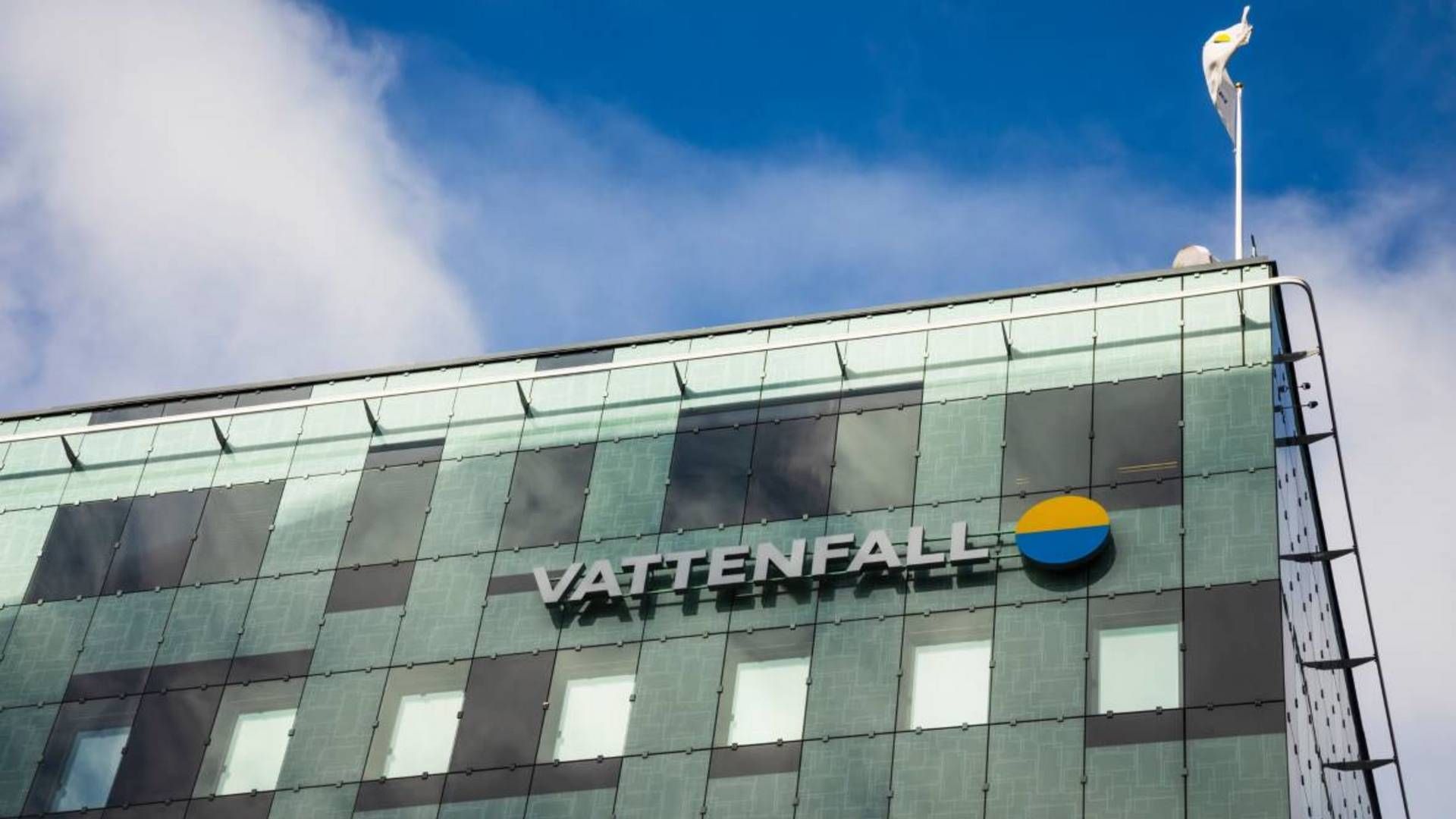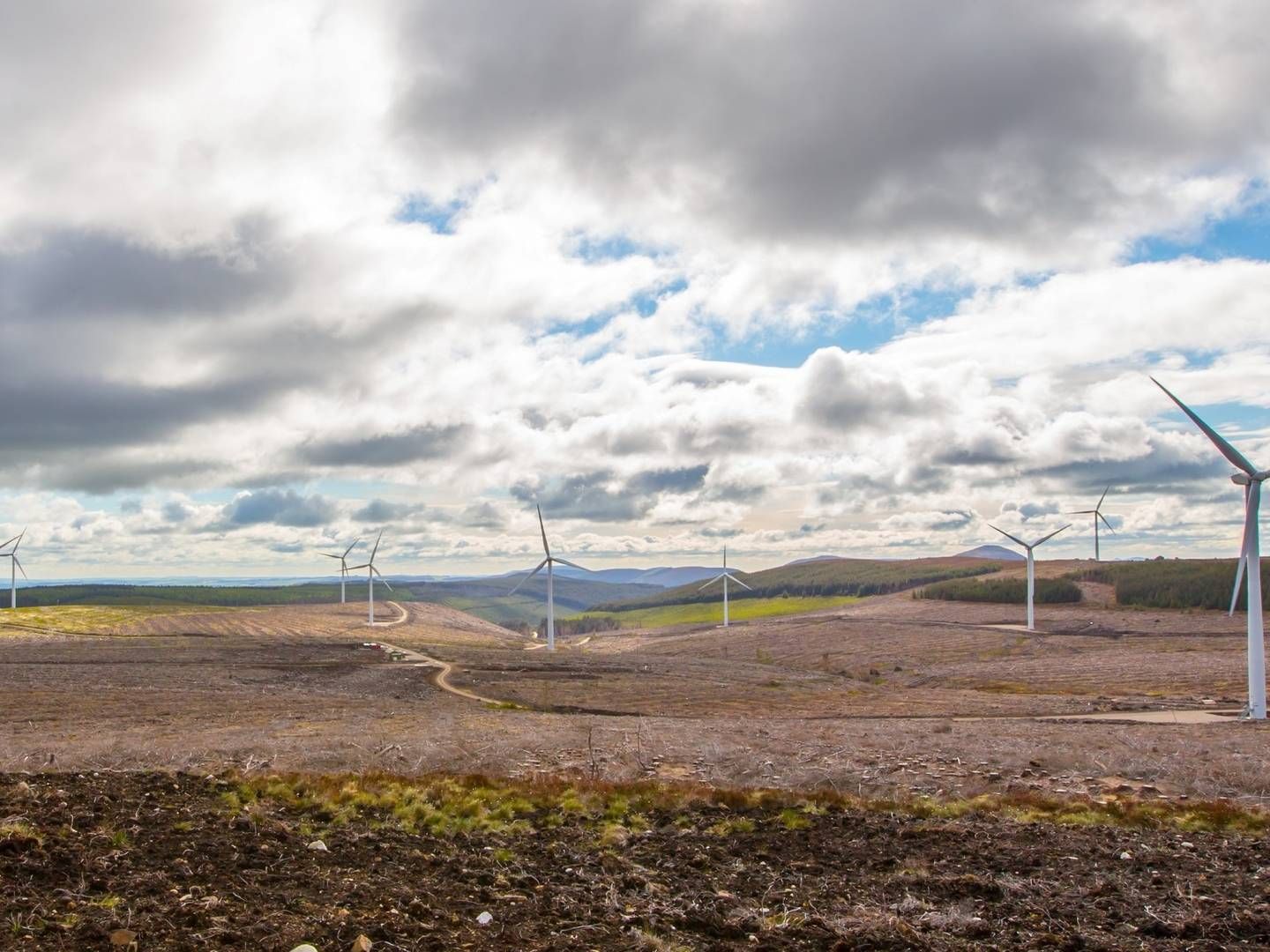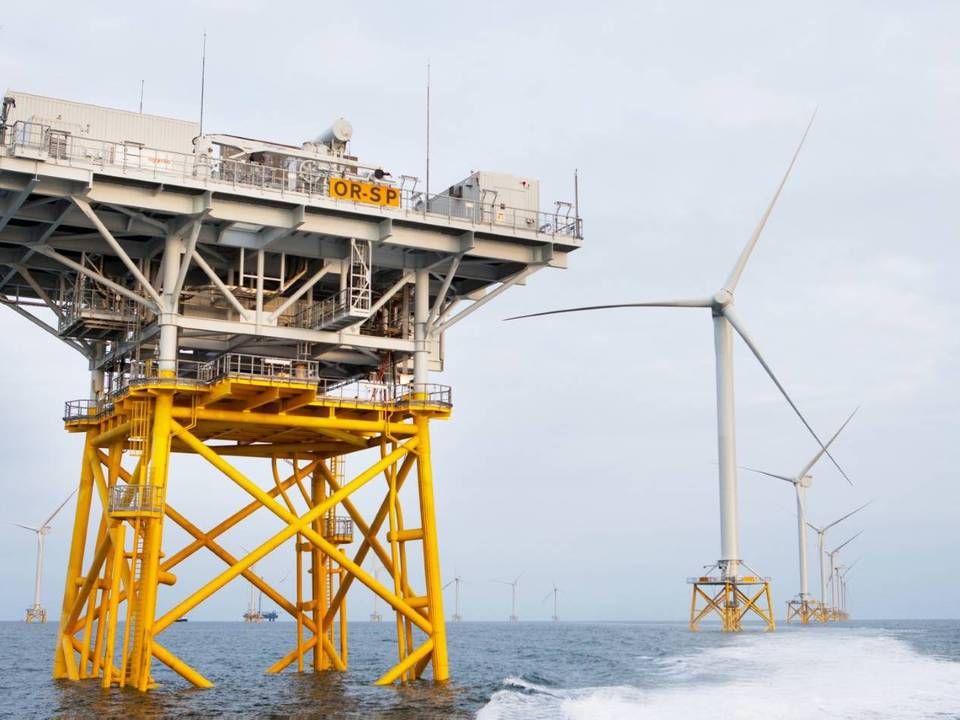Coal and wind make Vattenfall's profit nose dive

When Vattenfall Chief Executive Magnus Hall formally leaves the utility within the next six months, he can only hope the evaluation of his tenure will be colored by the years between 2014 and 2020 – excluding the final three months leading to his resignation.
Whereas Vattenfall has improved its finances during Hall's reign and paid out larger dividends on its path toward cleaner energy, the period from April to July of this year can be best summarized with a bottom line showing a deficit of SEK 8.5 billion (EUR 830 million).
The explanation for this can be found in the difference between earnings before interest, taxes, depreciations and amortizations, totaling to SEK 8.25 billion, and EBIT at SEK -7 billion.
The space between the two posts is namely made up of values coming to no less than SEK 10.1 billion, distributed among SEK 9.1 billion on Vattenfall's Moorburg coal-fired power plant in Hamburg, Germany, and SEK 1.5 billion on the utility's Swedish wind farms.
"Germany’s parliament has adopted a law calling for the phase-out of coal, which is in line with the international trend and Vattenfall’s strategy to phase out fossil fuels. However, a natural consequence of this is that the value of fossil-fired plants is decreasing," Hall writes in the report's executive statement.
Low power prices
Beyond these major write-downs, record-low Nordic power prices also weighed heavily on Vattenfall's interim report. The Nordic system price during H1'20 fluctuated between EUR 30 per MWh and as low as EUR 1 per MWh.
This resulted in the utility's sales income falling by SEK 3.4 billion during the second quarter.
In part this can be explained by Norway's practically overflowing hydroelectric reservoirs, which sent electricity rates on a historic detour. However, as Hall points out, Sweden's challenged power grid is also partly to blame.
"Extreme price differences have arisen between price areas in Sweden, partly due to transfer challenges in the transmission grid," Hall writes.
Although Sweden's bottlenecks have had a smaller positive effect for Vattenfall, which has received SEK 300 million to keep nuclear reactor Ringhals 1 open over the summer for reasons of system stability.
Similarly, low power rates also led Vattenfall the write down the value of its domestic and Danish wind portfolio by SEK 1.5 billion.
Weak H1
The second quarter's major accounting minuses leave Vattenfall with a weak first half year in 2020, following a Q1 when the utility was largely shielded from low tariffs through extensive price hedging.
Vattenfall exits H1 with a bottom-line deficit of SEK 1.6 billion against last year's profit of SEK 7.7 billion, while returns on allocated capital fell 6.1 percent, which is well under last year's 7.1 percent and markedly shy of Vattenfall's 8-percent target.
"In recent years we have seen a positive trend for Vattenfall, and operationally we are showing a relatively stable result for the first half of the year. However, during the second quarter we were affected very negatively by low electricity prices," the CEO writes and assures that the company is on the right long-term trajectory:
"Despite a tumultuous market development in many respects, the future direction is clear. We see continued support for investments in fossil-free energy solutions. Among other measures, during the quarter we took the decision to invest in what will be the world’s largest offshore wind farm, Hollandse Kust Zuid 1-4 in the Netherlands," Hall adds.
Furthermore, Vattenfall decided to build Ireland's first onshore wind farm, South Kyle at 240 MW, during the second quarter. The facility has already been sold to Greencoat Renewables.
English Edit: Daniel Frank Christensen
Vattenfall offers knock-out price for aging turbines
Vattenfall denied new British offshore wind farm
Vattenfall defies tough times and boosts earnings
Related articles
Vattenfall offers knock-out price for aging turbines
For subscribers
Vattenfall denied new British offshore wind farm
For subscribers






















.jpg&w=384&q=75)


